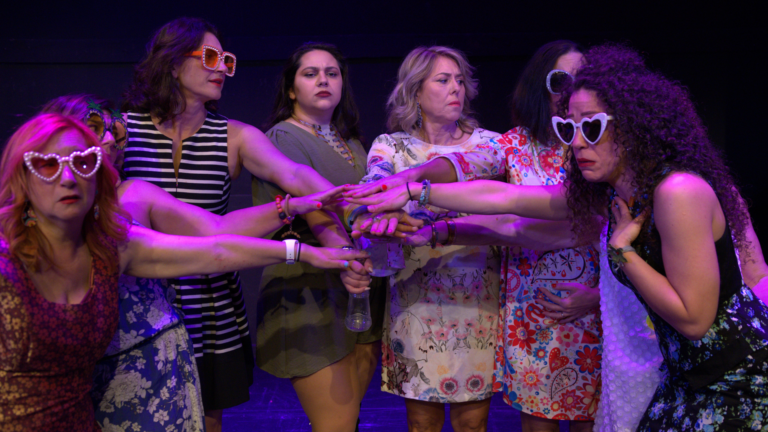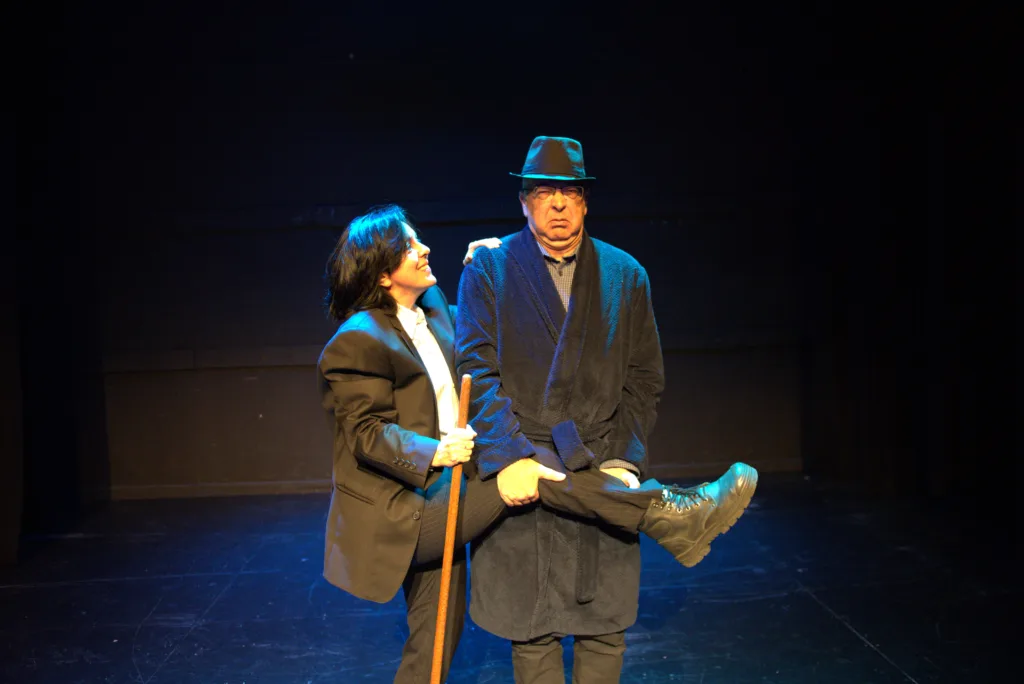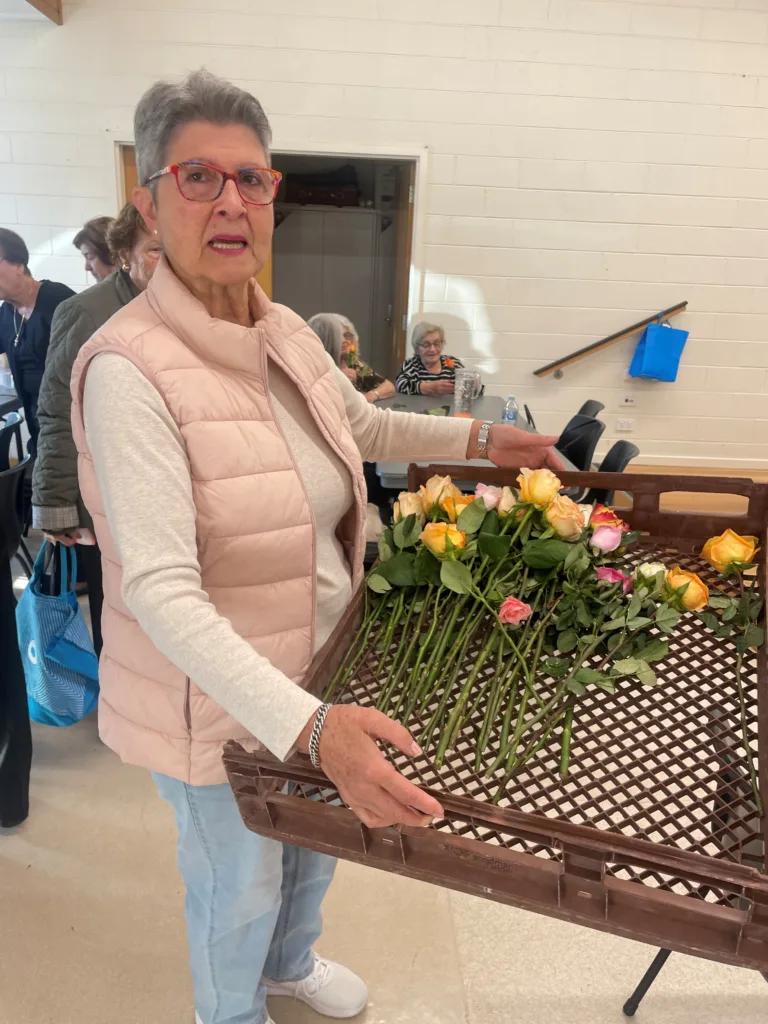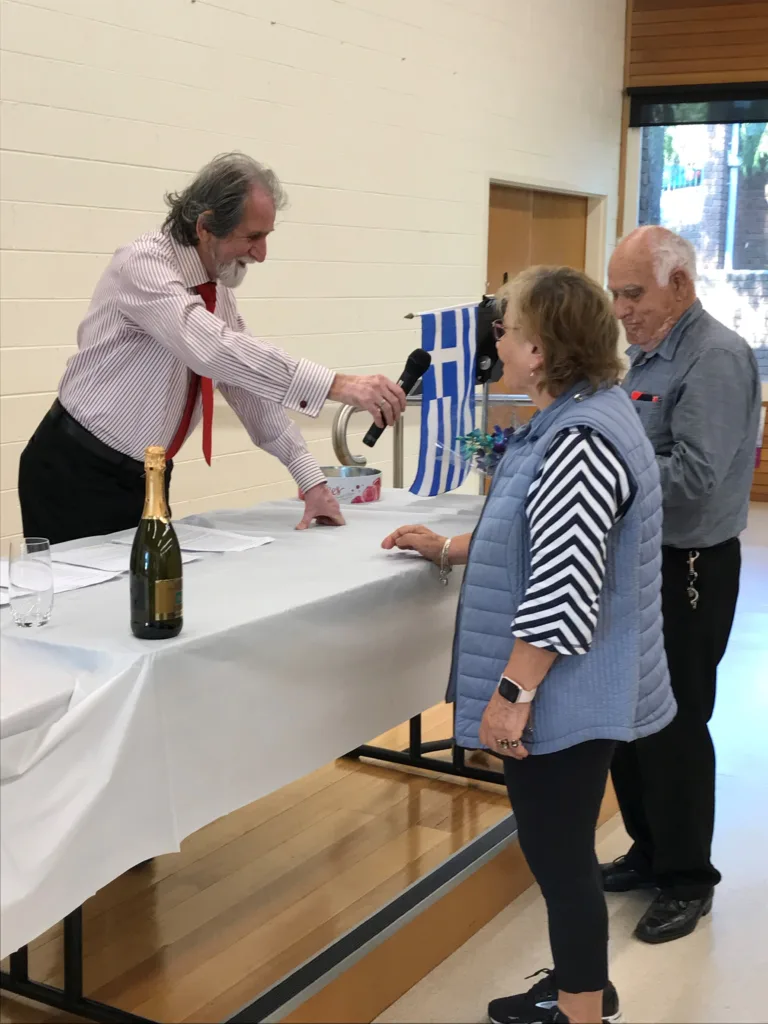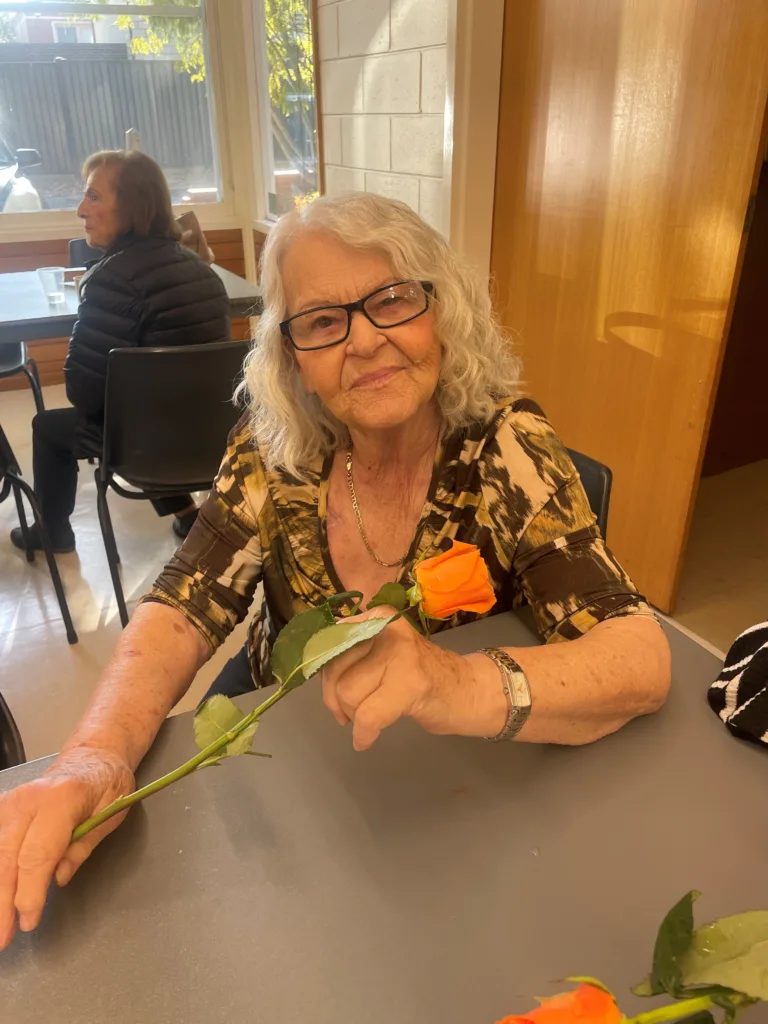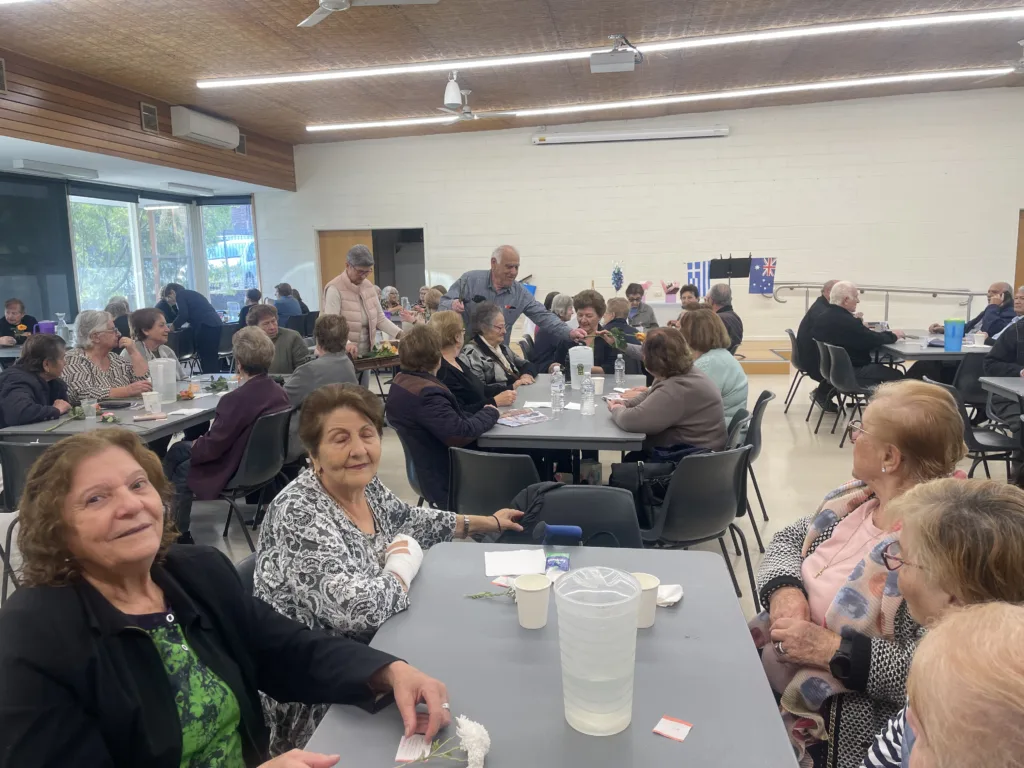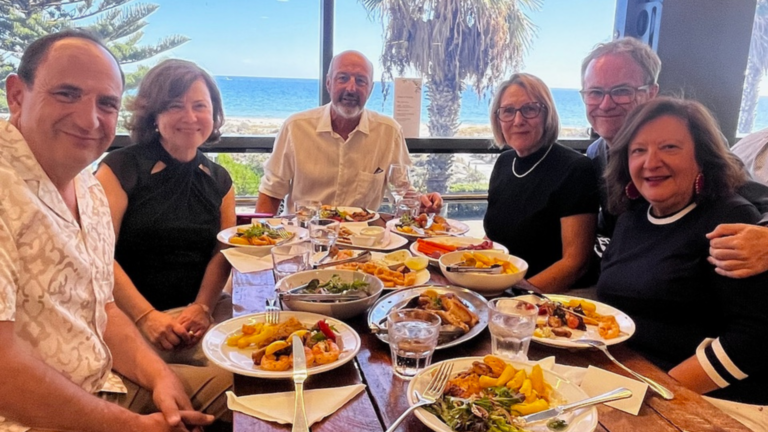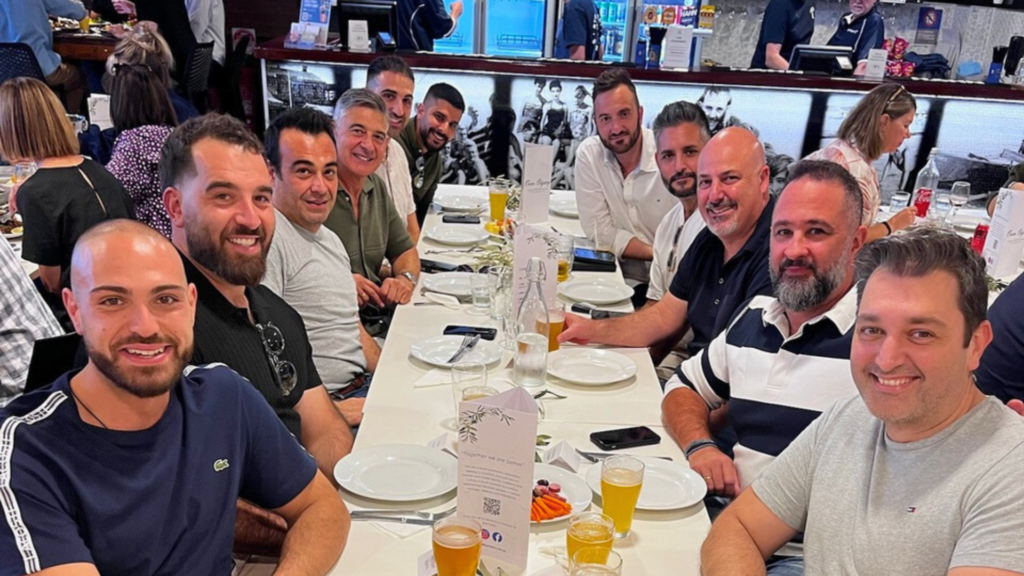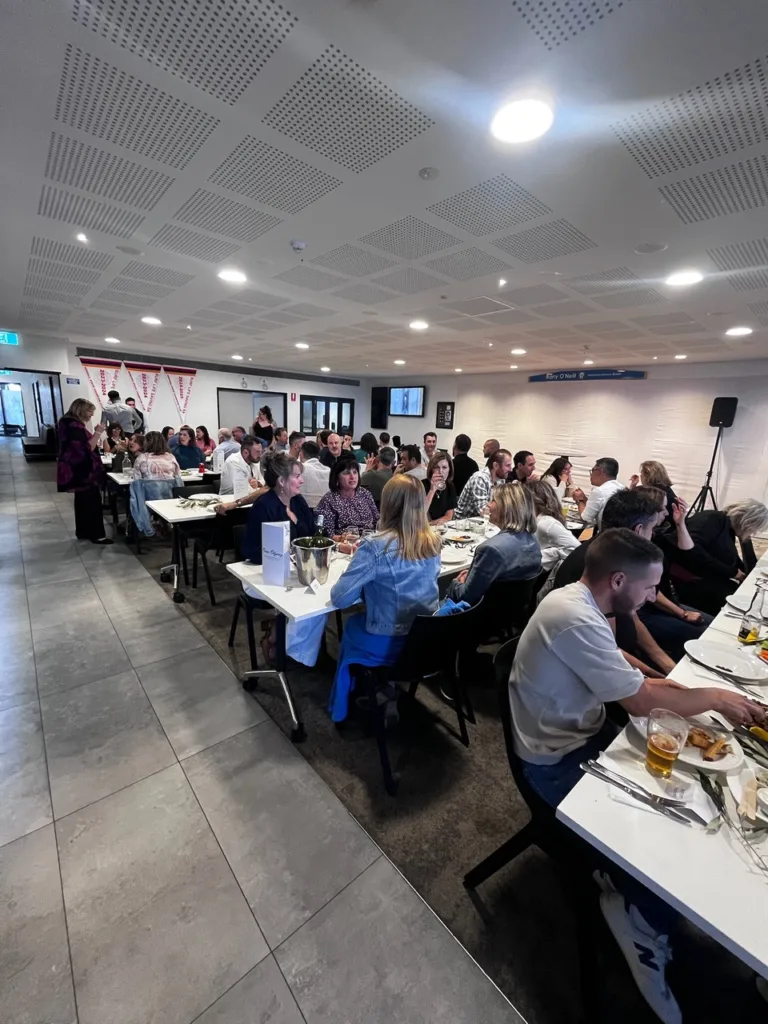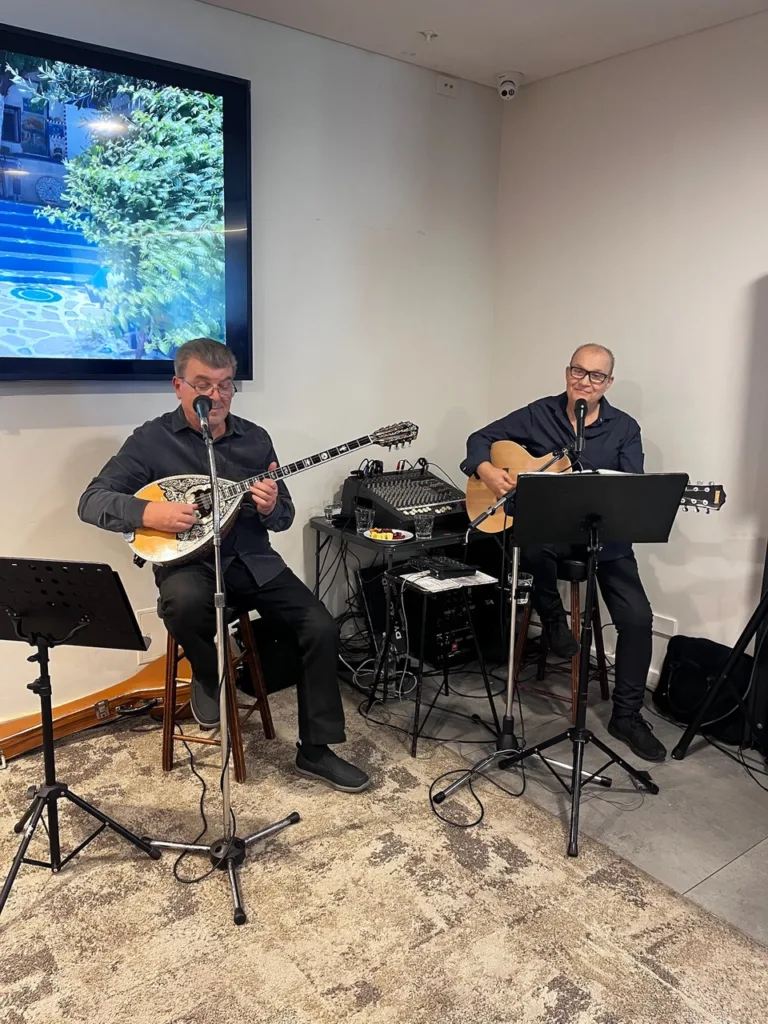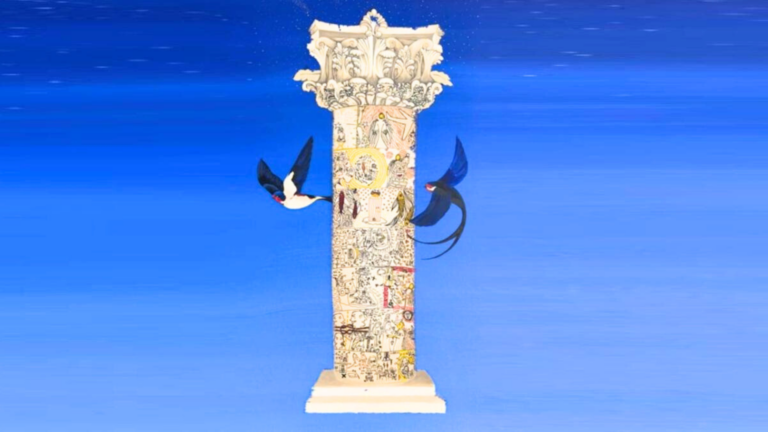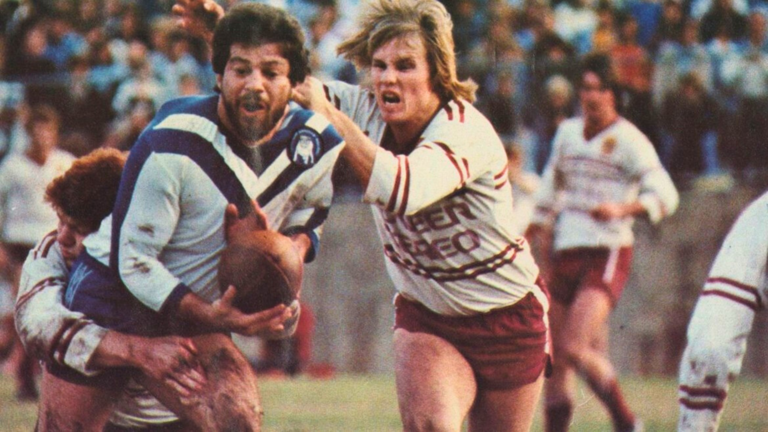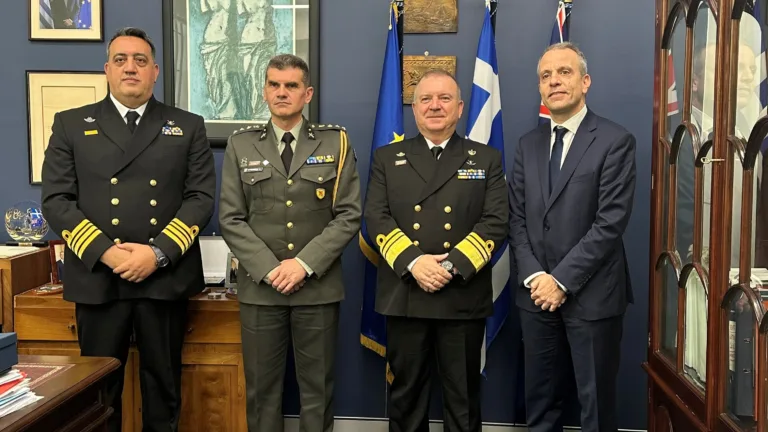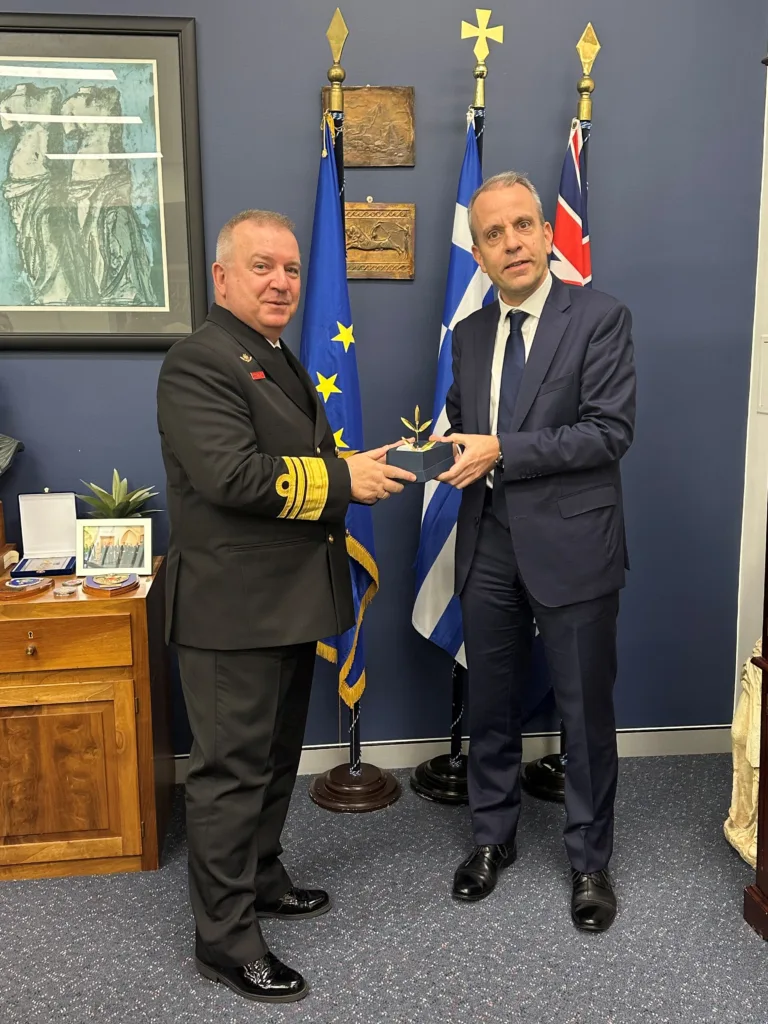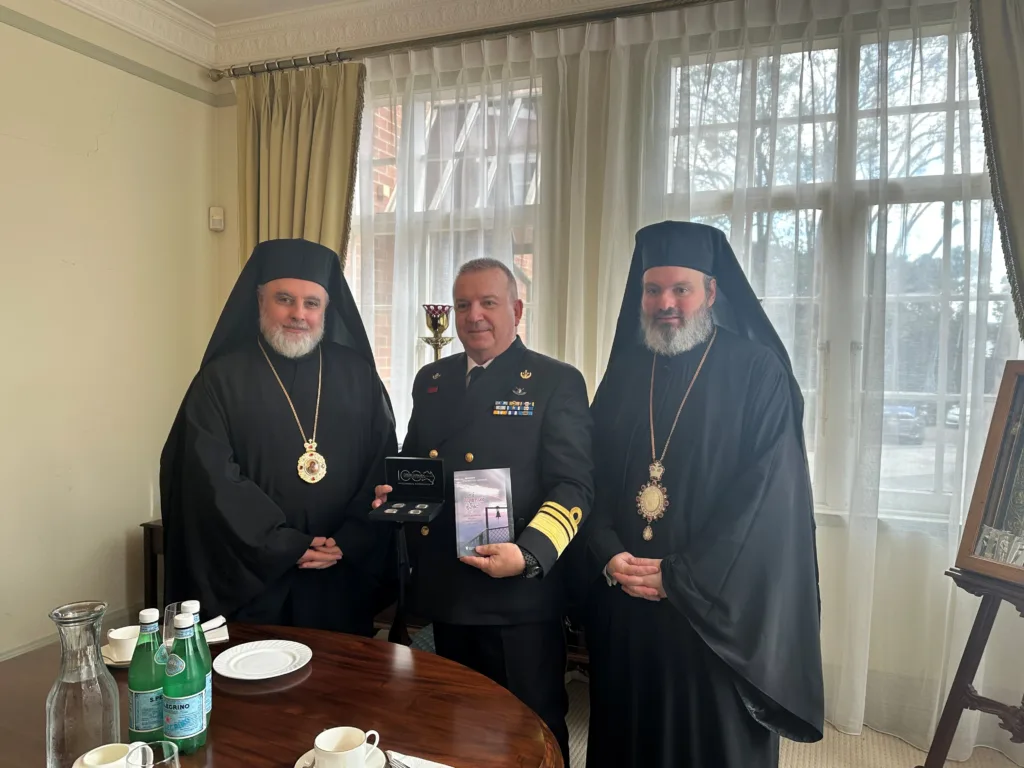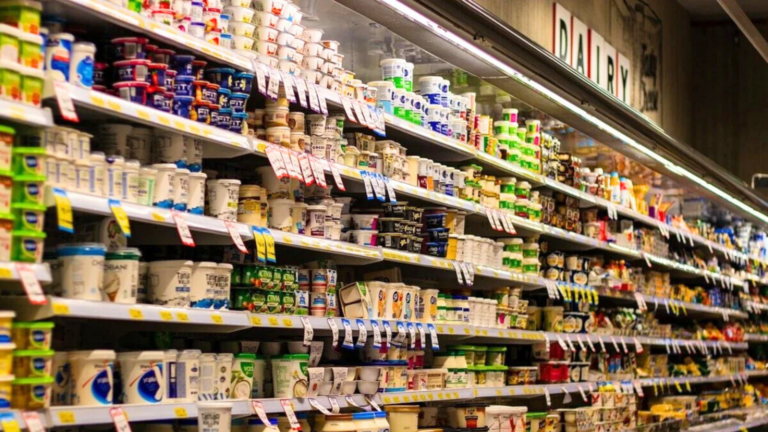Greek communities across Australia will mark the anniversary of the Greek Genocide with a series of solemn events scheduled throughout May. Below, The Greek Herald breaks down the official program by state:
Victoria
Sunday, May 18
- 9:30 AM: Church service at the Holy Monastery of Axion Esti, 7 Hartington Street, Northcote.
- 11:30 AM: Wreath laying ceremony at the Axion Esti Monument of the Fallen.
- 5:30 PM: Screening of the film Lethal Nationalism at 540 Sydney Road, Brunswick.
South Australia (Adelaide)
Sunday, May 18
- 10:00 AM: Events commence.
- Divine Liturgy and memorial prayer at the Greek Orthodox Church of Agios Dimitrios, 27 Saints Road, Salisbury Plains.
- Wreath laying ceremony at Salisbury Memorial Park Cemetery.
- Light refreshments and speeches at Pontian Brotherhood Hall, 674 Torrens Road, Pennington.
New South Wales
Sunday, May 18
- Holy Liturgy service and wreath laying ceremony at the Orthodox Cathedral of the Annunciation of Our Lady, 242 Cleveland Street, Redfern.
Monday, May 19
- Commemoration of the Greek Genocide at NSW Parliament House, 6 Macquarie Street, Sydney.
- 6:30 PM: Doors open.
Australian Capital Territory
Tuesday, May 27
- Joint commemoration event with Armenians at Parliament House.
These events aim to honour the memory of the victims and raise awareness of the historical atrocities committed against the Greek population in the early 20th century.

